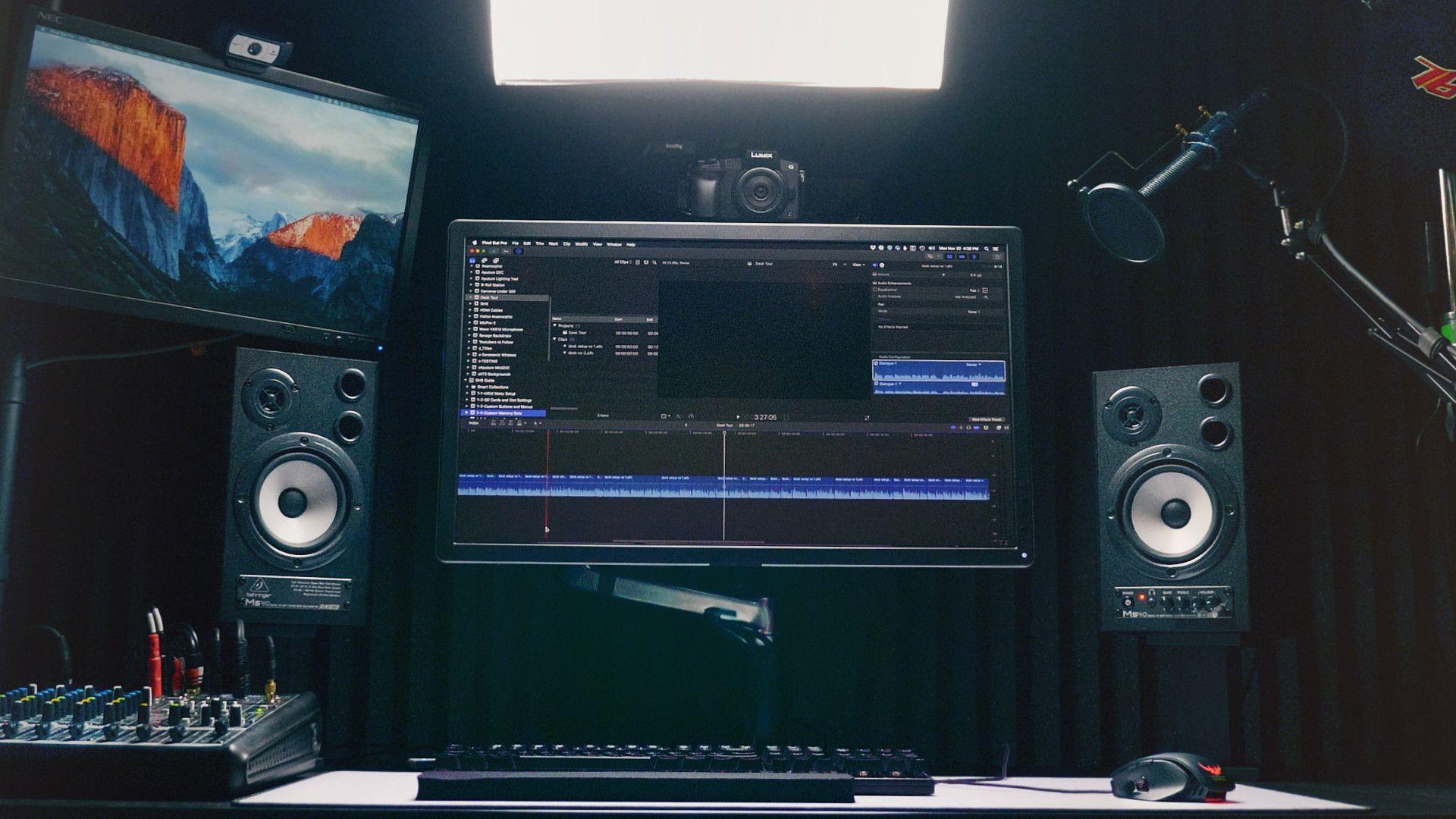Frame by Frame: Unlocking Your Video Editing Potential
Frame by Frame: Unlocking Your Video Editing Potential
Blog Article

In today's digital age, video editing has transformed from a niche skill into a vital tool for personal and professional expression. Whether you're crafting a heartfelt home movie, designing promotional content for your business, or aspiring to create viral social media clips, mastering the art of video editing can unlock a world of creative potential. With accessible software and a plethora of tutorials available online, anyone can begin their journey into this dynamic field.
Learning how to edit video effectively not only enhances the storytelling aspect of your content but also elevates its overall quality. Understanding the nuances of pacing, transitions, and effects can make a significant difference in keeping your audience engaged. This article aims to guide you through essential techniques and tips that will help you hone your skills, allowing your vision to come to life frame by frame. Embrace the process, and let your creativity flourish as you dive into the world of video editing.
Understanding Video Editing Basics
Discover
Video editing is the process of rearranging and manipulating video footage to create a new, cohesive piece. At its core, this art form involves selecting the best clips, cutting them together, and enhancing the visual and audio elements. By mastering the foundational concepts of video editing, you can transform raw footage into impactful stories that engage your audience.
One of the key components of video editing is understanding different types of cuts and transitions. Cuts involve literally cutting between clips, creating a seamless flow of action or dialogue. Transitions, such as fades or wipes, help signify a change in time or location, offering a more polished finish to your work. Familiarizing yourself with these techniques encourages creativity and enhances storytelling.
Another essential aspect is the use of audio in video editing. Sound design plays a crucial role in affecting the viewer’s emotional response. Background music, sound effects, and voiceovers can elevate a simple video into a compelling narrative experience. Paying close attention to audio levels and synchronization with visuals will ensure a professional quality in your completed project.
Essential Tools and Software
When diving into the world of video editing, having the right tools and software can make a significant difference in your workflow and the quality of your output. Popular editing software like Adobe Premiere Pro, Final Cut Pro, and DaVinci Resolve offer powerful features that cater to both beginners and professionals. These platforms provide a variety of editing options, including multi-track editing, color correction, and audio mixing, making them versatile choices for various projects.
In addition to traditional software, consider integrating other tools that enhance your editing capabilities. For instance, using software such as After Effects is invaluable for adding motion graphics and visual effects, while programs like Audacity can help you refine your audio tracks. Accessories like a good microphone, external hard drives for storage, and quality headphones are also essential for a smoother editing process.
Finally, as technology evolves, exploring newer options like mobile editing apps can expand your creativity and flexibility. Applications like LumaFusion and InShot allow you to edit on the go, ensuring that you can capture and create content wherever you are. Embracing a combination of professional software and handy tools will empower you to elevate your video editing skills to the next level.
Techniques for Effective Editing
One of the key techniques for effective video editing is understanding the importance of pacing. Pacing determines the flow of your video and can significantly impact how the audience perceives the narrative. By varying the length of your clips and using cuts strategically, you can create a rhythm that holds viewers' attention. Fast-paced sequences can generate excitement, while slower moments can add depth and allow for reflection. Experimenting with different pacing techniques can help you find the right balance for the message you want to convey.
Another vital technique is the use of transitions. A well-placed transition can enhance the storytelling aspect of your video and guide viewers from one scene to another seamlessly. Simple cuts may work for fast-paced segments, while more elaborate transitions like fades or dissolves can suit emotional or dramatic moments. Be mindful not to overuse transitions, as they can become distracting. Instead, let the content dictate the type of transition that best serves the story you're telling.
Additionally, sound design plays a crucial role in effective video editing. The right audio can elevate your visuals and create a more immersive experience. Use sound effects to enhance actions and transitions, and choose background music that complements the mood of your footage. Layering audio elements can build tension or evoke emotion, making your video more engaging. Remember to balance audio levels so that dialogue remains clear while supporting sounds add depth without overpowering the main narrative.
Report this page